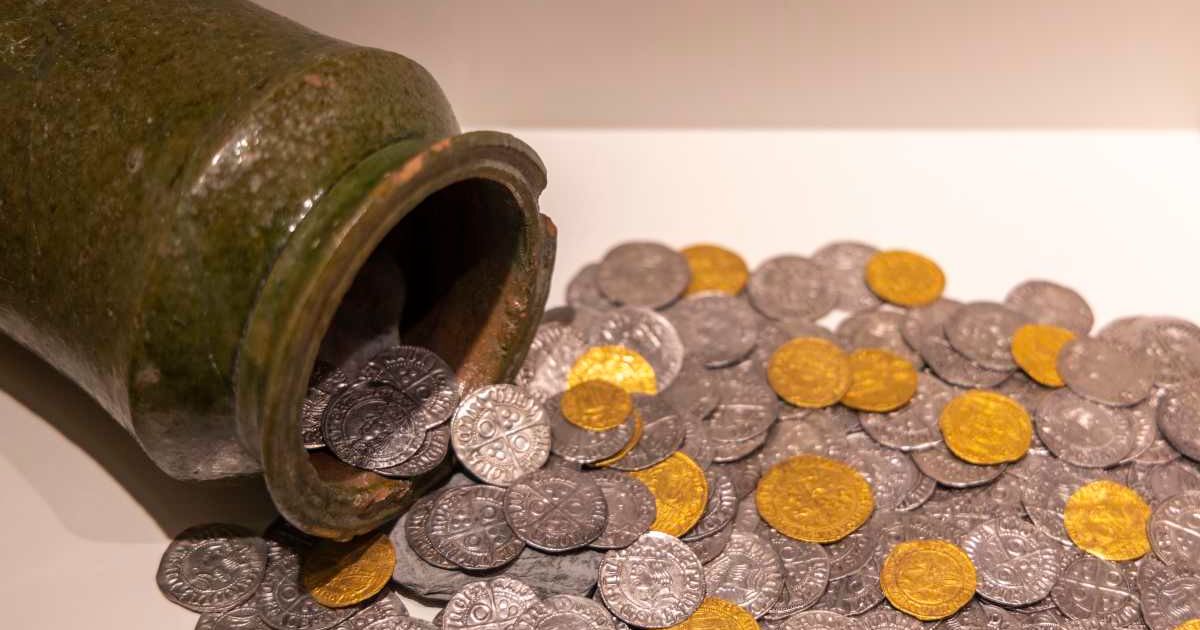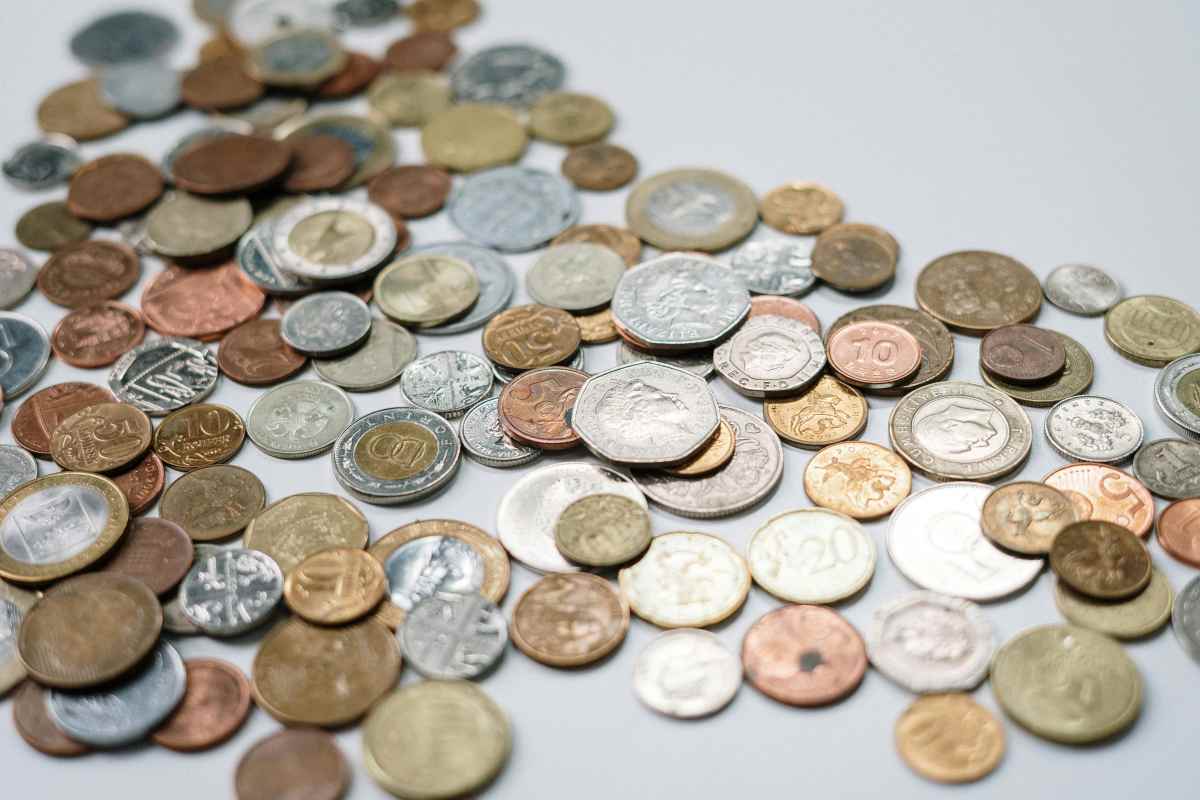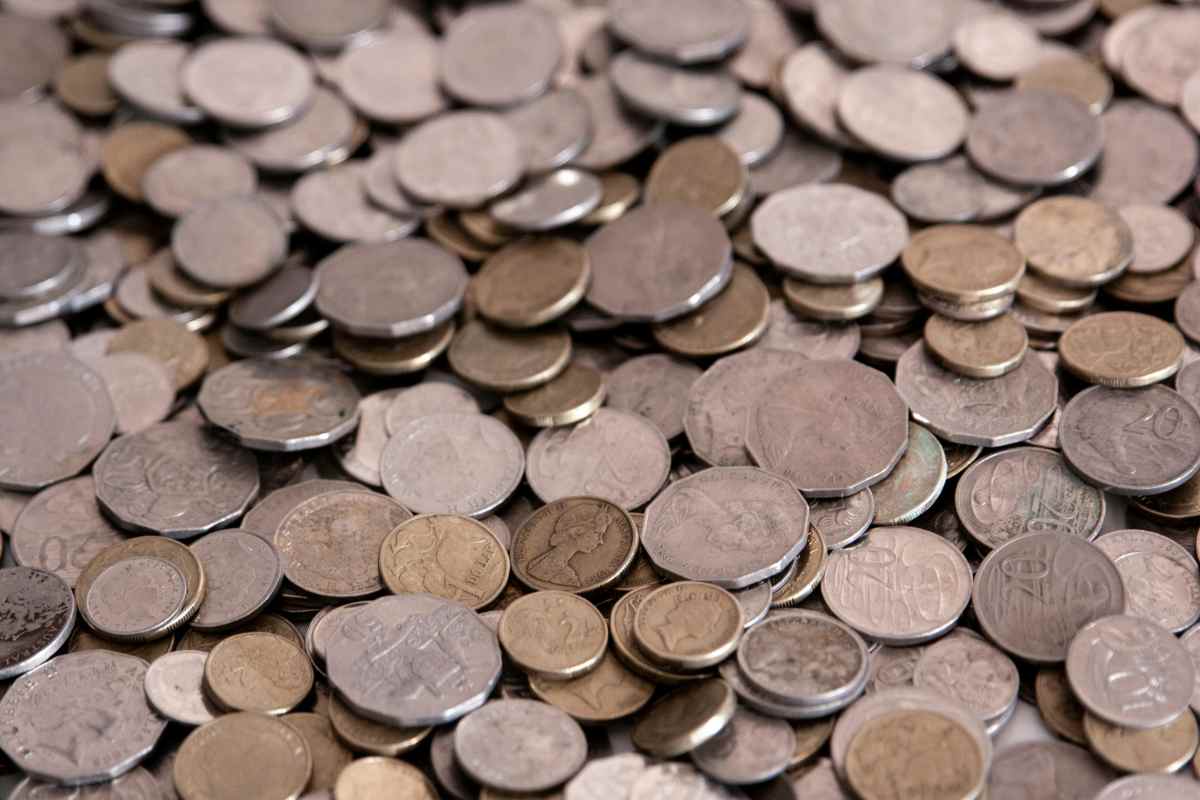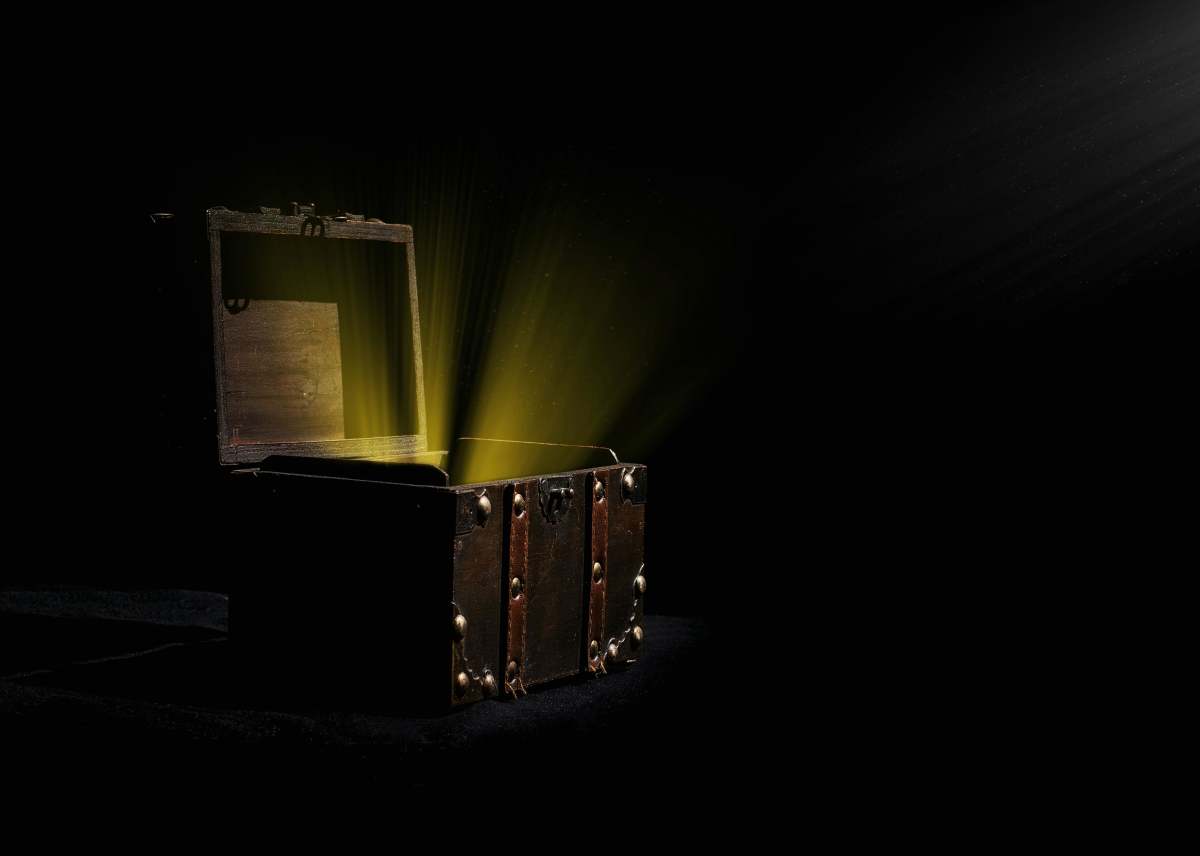Amateur archaeologist's chance discovery of 2nd-cenuty gold coin in Czech Republic helped reveal unknown Celtic site

Archaeologists have gotten their hands on one of the most significant Celtic treasures to date in Western Bohemia, the Czech Republic. The hoard contained around 500 gold and silver coins, along with jewelry and raw precious metals, according to Heritage Daily. The discovery took place in the Pilsen region and has been deemed extraordinary by experts. Since 2021, researchers have been excavating the area in search of this hoard. It all started when an amateur archaeologist reported the finding of a gold coin fragment from the site, using a metal detector.

Invaluable Celtic hoard
Further examination of the collected items from the site revealed that they all dated from the 6th to the 1st century BC, when Bohemia was inhabited by Celtic tribes. The gold coin fragment, which triggered the large-scale excavation of the site, dated back to the 2nd century BC. Pavel Kodera, head of the Museum and Gallery of the Northern Pilsen Region in Mariánská Týnice, claimed that the site mostly contained small metal objects and intriguing artifacts from the Celtic period. “There are gold ingots, chopped pieces, even raw flakes and lumps of gold, along with earrings, fragments of bracelets, and similar items,” Kodera added. The excavation process was not easy. The biggest complication was the fact that the whole site was on a farmland, so the experts had to wait for the harvest every year.

Unknown Celtic presence
The exact location of this Celtic treasure has been kept under wraps by the authorities for its protection. The Museum and Gallery of Northern Pilsen (MGSP), which announced the discovery, called it internationally significant. The site of discovery is near Mariánská Týnice, and reportedly had never been linked to a Celtic presence. Hence, the discovery of these items showcases that there is much more about the Celtic occupation that remains unknown in Western Bohemia. Along with Celtic coins, archaeologists also detected bronze clasps and a miniature horse sculpture.
Analysis showcased that the site was more or less untouched by any sort of modern interference. It is pivotal, as it provides archaeologists with an opportunity to investigate Iron Age activity in the area under its original context. Many of the gold and silver coins that archaeologists discovered at the site are undocumented in Celtic history. Hence, the coins can even shed more light on Celtic coinage in Bohemia. Researchers speculate that the site may have functioned as some sort of seasonal marketplace, where small things frequently got lost.

Other items in the area
Archaeologists also unearthed Hallstatt-period gold jewelry and several ancient bronze objects from the site, like bracelets, pendants, pins, and clothing fasteners. The variety of items along with the craftsmanship on them indicated not only a strong trading culture, but also how expansive the society was in terms of material usage. They used gold, silver, and bronze in their daily lives. Some of the recovered items are displayed in MGSP at Mariánská Týnice, while the most valuable of the lot have been kept at a safe storage place and will be displayed only after a full evaluation.